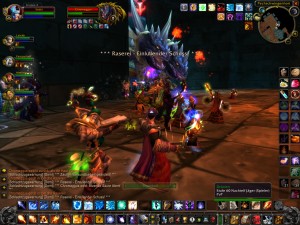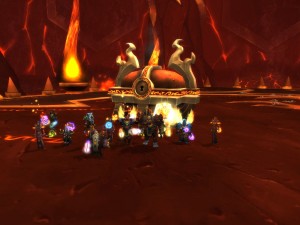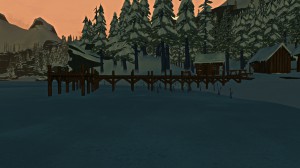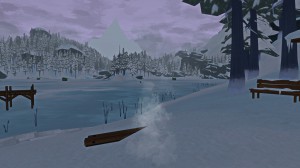Unpredictable length
During my ongoing literature review I often discover interesting facts about things I’ve never thought about. Sometimes I can connect these facts with my own observations: The result is mostly a completely new idea why things are as they are. Maybe these ideas are new to you, too. Therefore I’ll share my new science based knowledge with you!
This week: This time, I think about the length of instance runs during World of Warcraft. It is often hard to predict how much time will be needed to complete a certain instance.
Playing computer games is often a good way to make a short break between tasks[1]. Compared to other activities, playing a video game does not require a lot of preparations. The player just needs to start the game in order to enjoy the content and to free up his own mind before he starts to tackle the next tasks.
Personally, I am really enjoying a short game session in order to relax a bit before I start or continue a task. It really helps me to stay focussed on tasks which are not completed within a few hours. However, I have to set up a time limit for these game breaks, because the content of computer games is a continuous stream of new challenges. As soon as I finished the first challenge, I will get offered a new one in order to continue playing the game. In this case, it is easy to get lost in the game and the short recreation break will become longer than planned.
Typically, this is not so much an issue. In most cases, a mission or a task rarely lasts longer than 30 minutes and even if it does, then a save function will allow me to stop my game break and to continue the game later at the exact same point.
This approach worked for me with most of the games I enjoy. Lately, I was even able to use World of Warcraft (WoW) for such a „game break“. The expansion pack „Warlords of Draenor“ has added new and fresh content to the game and so I was able to complete a few quests during my break. However, playing WoW during such a break is still quite complicated because you have to deal with other players. Sometimes a lot of players are active at the exact same spot and trying to solve the exact same quest. In such a case, it is often hard to find enough enemies or other items which are required to complete the task. Luckily, at this point, I am still able to just log out, because my avatar will remain at the exact same spot and I can continue solving my quest later on.
Unfortunately, this does not apply to small 5-men instances. Apart from the fact that you do not want to leave your friends alone, it is not possible to save the progression during such a non-raiding instance. You are required to finish it in one go or you have to start over once again. In this case, you need to have enough time if you want to participate in such an instance run. Moreover, the length for such an instance run is hard to predict. Someone can make a mistake and the whole group gets defeated by an enemy. Someone gets a phone call and is not available for a few minutes. These issues are not so much a great deal, if the game session is planned to last for longer than an hour. However, if you just want to make a short break then the unpredictable length can become a problem.
I even noticed that this unpredictable length is sometimes keeping me away from joining an instance group during a longer game session. I really like to explore this part of the game, but being stuck in one instance for more than an hour is not really practical, if I want to do other things. On the other hand, if I do have enough time, then being in such a dynamic instance group is really entertaining.



